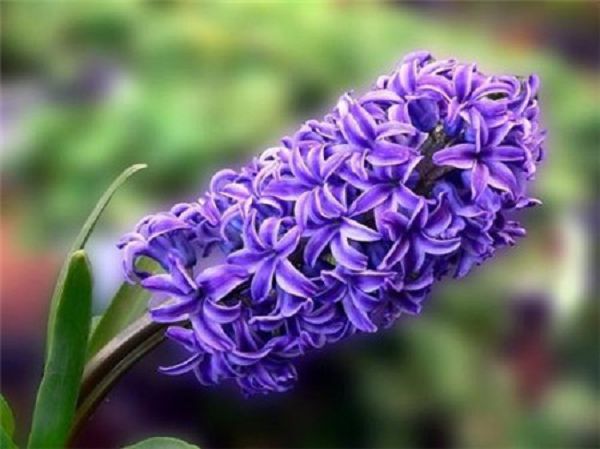What if the leaves of potted flowers turn yellow?
1) the acidity of soil is strong. If flowers are planted in southern provinces, because the soil here is mostly acidic, then planting some alkaline plants, such as oleander, yellow poplar, elm leaf plum, sweet pea, primrose, etc. (they are suitable for growing in the soil of PH7-8), there may also be an unadaptive reaction to excessive acidity, resulting in poor shoots and yellow and weak branches and leaves.
When this phenomenon occurs, the basin should be turned over to change the soil, and the soil can be mixed with an appropriate amount of plant ash. If the test found that when the value is below, the soil can be mixed with a little lime, which can significantly reduce the acidity of the soil.
2) the permeability of air and light is poor. Flowers grow well and need suitable conditions such as sunlight, moisture, temperature, soil, fertilizer and so on. If the air permeability is not good and the sun is insufficient, it is difficult to make flowers thrive.
Some inexperienced flower growers apply too much nitrogen fertilizer, which makes the branches and leaves grow too luxuriantly. In addition, if the branches and leaves are not pruned in time, the branches and leaves grow airtight and the sun cannot reach the whole plant, which affects the respiration and photosynthesis of the plants, resulting in nutritional disorders and the withering phenomenon of yellow leaves and shedding.
It is found that this situation should be pruned in time, remove the same position, overlap and other redundant branches and leaves, and pay attention to the reasonable application of phosphorus and potassium fertilizer, so that flowers get balanced and comprehensive nutrition.
3) the air is too dry. After entering the winter, most of the flowers move indoors, in order to increase the temperature, indoor burning stove is commonly used to keep warm. As the stove burns all day, the moisture in the indoor air is quickly reduced, even very dry.
This environment is very disadvantageous to flowers, especially for some flowers that like wetting, such as Fusang, jasmine, magnolia, Michelia mollissima, tortoise back bamboo, etc., it is easy to appear scorched leaf tip or leaf edge, scorched spot on leaf, leaf curl and so on.
At this time, use lukewarm water to spray leaves and branches; for some valuable flowers, such as pearl orchid, orchid, gentleman orchid, camellia, peony, etc., after spraying clear water, use plastic bags to make the cover (plastic bags cut off two corners as vents) on the cover. Every time you spray water, take off the cover and spray it, and then cover it after spraying.
Related
- What if the leaves of potted flowers turn yellow?
- Florescence Control of several Flowers
- Anti-freezing technology and post-freezing nursing technology of flowers
- What is the classification of flowers? What are the common methods of flower classification?
- Prevention and control of alkali and acid damage of flowers in courtyard
- Technology of Anti-freezing and restoring growth of Flower seedlings in greenhouse and greenhouse
- How does flower fertilization not hurt the root? Fertilization technology of flowers
- Key points of disinfection in flower greenhouse
- Several pesticides that are banned or used cautiously in flowers
- How to fertilize the flowers that watch the leaves?



